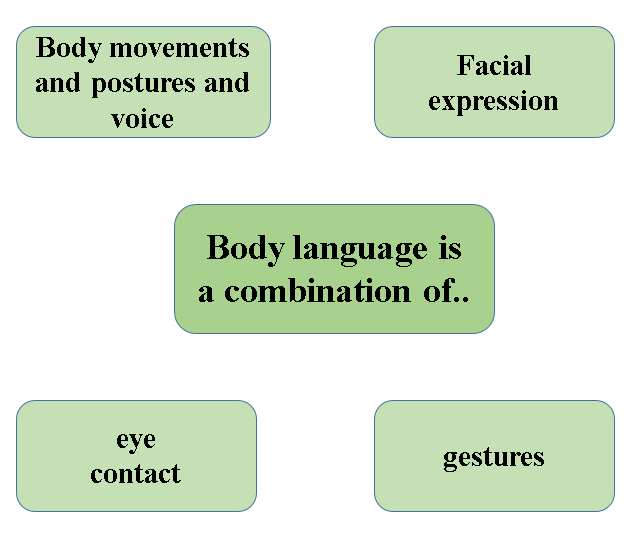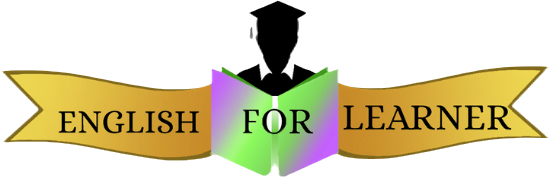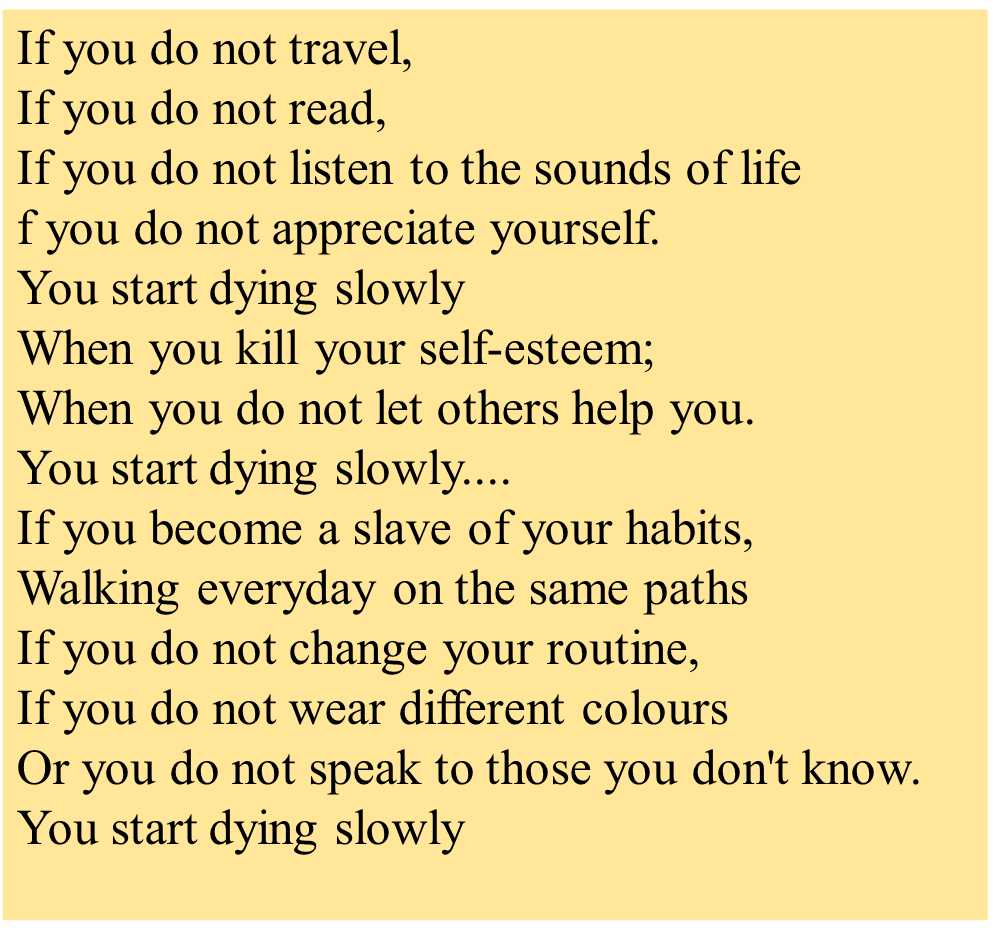
English practise Unit paperTime 3 Hours Sub – English Max. Marks: 40 |
SECTION-I: LANGUAGE STUDY
Q.1. (A) Do as directed: (Any four) 5 Marks
(1) Complete the words by using correct letters. (1)
i) cor_er (ii) f_cus (iii) hea _th (iv) t_affic.
Ans –
- corner
- focus
- hearth
- traffic
2. Put the words in alphabetical order: (2)
(i) front. beggar, ancient, earth.
(11) knocking. kidnapped. knitting, killed
Ans –
(1) ancient, beggar, earth, front
(i) kidnapped, killed. knitting knocking
(3) Write the related words as shown in the example: (2)
Ans –
Q.2. Read the passage and do the activities [10 Marks
B1 Complete the sentence: (2)
(a)……..is a walk in the dark.
(b)……We can’t get anything out
(c) Life is something like…….
(d) ………we know how to go about it.
Ans-
(a) Success is a walk in the dark
(b) If we don’t put anything in, we can’t get anything out
(c) Life is something like a trumpet.
(d) To reduce weight we know how to go about it.
Time-bound: Establish time parameters around each goal, as it will help increase focus and accountability. To reduce weight we know how to go about it. But without consistent time – bound action, it never becomes a reality. It may be exercise, diet and stress-free thoughts. All these have to be practised and implemented without hesitation, doubt or indifference, but within a deadline.Visions, wishes, intentions and dreams are all valuable. They spark off imagination and encourage us to define where we want to reach. In order to get there, however, we need to bring life images, down to earth and plan to execute our strategies. The quality and quantity of energy we put forth, directly impact the results. Life is something like a trumpet. If we don’t put anything in, we can’t get anything out. Success is a walk in the dark. Finding the right footing, precisely mastering the skills and getting to the next place, all depend on how we approach and tackle the problem. The best way to get from where we are, to where we want to be is to find the footing of our next step. When we take the next step, it should support and hold us without a crack. |
B2 Complete the following web: 2
-
valuable that spark off imagination and encourage us
- ———————
- ——————–
Ans-
-
valuable that spark off imagination and encourage us
- Vision
- Wishes
- Intentions
- Dreams
B3 rite antonyms for the following words: 2
(a) Wrong
(b) decrease
(c) discourage
(d) light
Ans:
(a) wrong x right
(b) decrease x increase
(c) discourage x encourage
(d) light x dark
B.4 .Do as directed:
a) We need to bring life images
(Underline the infinitive )
Ans: We need to bring life images
Infinitive: to bring
(b) The next step should support and hold us without a crack
( Choose the correct question tag ) 2
(i)should it?
(ii) don’t it?
(iii) shouldn’t it?
Ans: (iii) shouldn’t it?
B5 Personal Response:
Write any four qualities of a successful person
Ans: The qualities of a successful person.
|
(i) Self – reliance (ii) Passion (iii) Optimism (iv) Communication (v) Self -confidence (vi) Willpower (vii) Patience |
i) They are courageous (ii) They are committed (iii) They are responsible (iv) They are continuous learners. |
Q.3. Read the following passage and do the activities: (10)
A1. Fill in the blanks (2)
i) …….. percent of our daily communication is non-verbal.
(ii) Eye contact is another type of………. communication.
(ii) Frequent blinking is a sign of the person feeling……….
(iv) One can readily detect………
Ans-
(i) A staggering 93 percent of our daily communication is non-verbal
(ii) Eye contact is another type of non-verbal Communication.
(iii) Frequent blinking is a sign of the person feeling distressed or uncomfortable.
(iv) One can readily detect happiness, sadness, anger.
|
According to some experts, a staggering 93 percent of our daily communication is non-verbal. Facial expressions are easy to decipher. One can readily detect happiness, sadness, anger. Physicians can tell a patient is doing well (or not) by looking at his/her face. Eye contact is another type of non-verbal communication, which can tell a lot about the other person. The eyes convey a range of emotions-happiness, sadness, boredom, surprise, confidence ….. ….. even emotional interest. Staring at someone’s forehead may intimidate the recipient, staring at the mouth is sometimes interpreted as a sign of emotional interest. In fact staring into someone’s eyes is a sign of lying, and so is looking away. In certain cultures, lack of eye contact is taken as a sign of respect. If body language is to be defined, it is a combination of facial expression, gestures, eye contact, body movements and posture and voice. Frequent blinking is a sign of the person feeling distressed or uncomfortable. If the pupils are dilated, it often indicates interest, even emotional interest. The lips also reflect our body language, and lip biting indicates worry and or anxiety; tightening of the lips may be an indication of disapproval. Slightly turned up lips indicate happiness and slightly turned down lips indicate sadness. |
A2. Complete the web. (2)


A3. Find the antonyms of: (2)
(i) verbal x
(ii) sender x
(iii) Entertaining x
(iv) comfortable x
Ans-
(i) verbal x non verbal
(ii) sender x recipient
(iii) Entertaining x boredom
(iv) comfortable x uncomfortable
A4. Do as directed: (2)
(i) The eyes convey a range of emotions.
(Frame a ‘Wh‘ question in order to get the underlined part as answer)
Ans:
What do the eyes convey?
(ii) Physicians can tell about a patient’s wellness. (Rewrite using ‘able to)
Ans:
Physicians are able to tell about a patient’s wellness.
Nonverbal communication plays an important role in our
Daily life. Comment
Ans:
Non-verbal communication plays an important role in our daily life. Yes this type of communication is passed without the use of spoken or written words. Words that sometimes hurt and create misunderstanding
Non-verbal communication indicates love, affection, anger, haterd without a single word.
Q.4. A. Read the following stanzas and do the activities. 5.
A1. Choose the correct alternative and complete the sentences: (2)
(i) The poet suggests to listen to….
(The sounds of animals/ the sounds of life)
(ii) The poet suggests to speak to…. (Unfamiliar people/parents)
Ans: (i) The poet suggests to listen to the sounds of life.
(ii) The poet suggests to speak to unfamiliar people.
A2. Complete the following web.
A3. Find nouns of the following describing words: 1.
(i) different …….
(ii) Same …….
Ans:
(i) different – colours
(i) same – paths
Q.4. (B) Appreciation of the poem: (5)
Read the following poem and write an appreciation of it with the help of the points given below:
Title
Name of the poet
Rhyme scheme
Figures of speech
Theme / Central idea
|
A Teenager’s Prayer Each day brings new beginnings, Decisions I must make. I am the only one to choose The road that I will take. I can choose to take the road of life, That leads to great success Or travel down the darkened road, That leads to great distress. Please open up my eyes, dear Lord, That I might clearly see Help me stand for what is right, Bring out the best in me. |
Help, Lord, to just say “no” When temptation comes my way, That I might keep my body clean And fit for life each day. When my teenage years are over, I know that I will see That life is lived its very best With you walking next to me. – J. Morse |
|
TITLE |
A Teenager’s Prayer |
|
POET/POETESS |
J. Morse |
|
RHYME SCHEME |
abcb |
|
FIGURES OF SPEECH |
‘Travel down the darkened road’ [Alliteration – Sound d is repeated] ‘Decisions, I must make’ [Inversion-Normal word order is inverted] |
|
THEME/ CENTRAL IDEA |
It is a Prayer by Teenager. Teenage is very important age in everyone’s life. The poet tells that the God can show him proper way or the God in the poem is the symbol of the person’s inner mind, family or society, where he learns to differentiate the right or just things with the wrong or worst. |
Q. 5.Translation. 5
a) Translate the following words into your medium of instruction (any four):
(1) Slowly (2) Garden (3) Remember (4) Scientist (5) Picnic (6) Favourite
Ans:
(1) Slowly – हळूहळू
(2) Garden – बाग
(3) Remember – लक्षात ठेवा
(4) Scientist – वैज्ञानिक
(5) Picnic – सहल
(6) Favourite – आवडते
(b) Translate the following sentences into your medium of Instruction
(1) Always speak respectfully with others.
इतरांशी नेहमी आदराने बोला.
(2) Take advices from your parents from time to time.
वेळोवेळी आपल्या पालकांचा सल्ला घ्या.
(3) Give respect to elders.
मोठ्यांचा आदर करा.
(4) Parents and grandparents are the pillars of our family.
आई-वडील आणि आजी-आजोबा हे आपल्या कुटुंबाचे आधारस्तंभ आहेत.
c) Translate the following idiom/proverbs into your medium
of instruction (any one)
(1) Where there’s a will, there’s a way.
इच्छा तेथे मार्ग.
(2) Cut your coat according to your cloth.
अंथरूण पाहून हातपाय पसरणे.
SSC English Practice Questions Paper 2022-23
Class 8th English Practise Questions Paper 2022- 23
Class 9th English Practise Paper 2022- 23
Class 9th English Second Semester Practise Paper 2022- 23
Class 12th English Practise Paper 2022- 23
(2) Report Writing :
‘Have you earned your tomorrow?”
Class 12th poem inchcape rock (A) Read the extract
Main video (Comprehension and Appreciation)
A5. Language study (Do as directed): (2)
Language Study, Summary, Mind Mapping]

